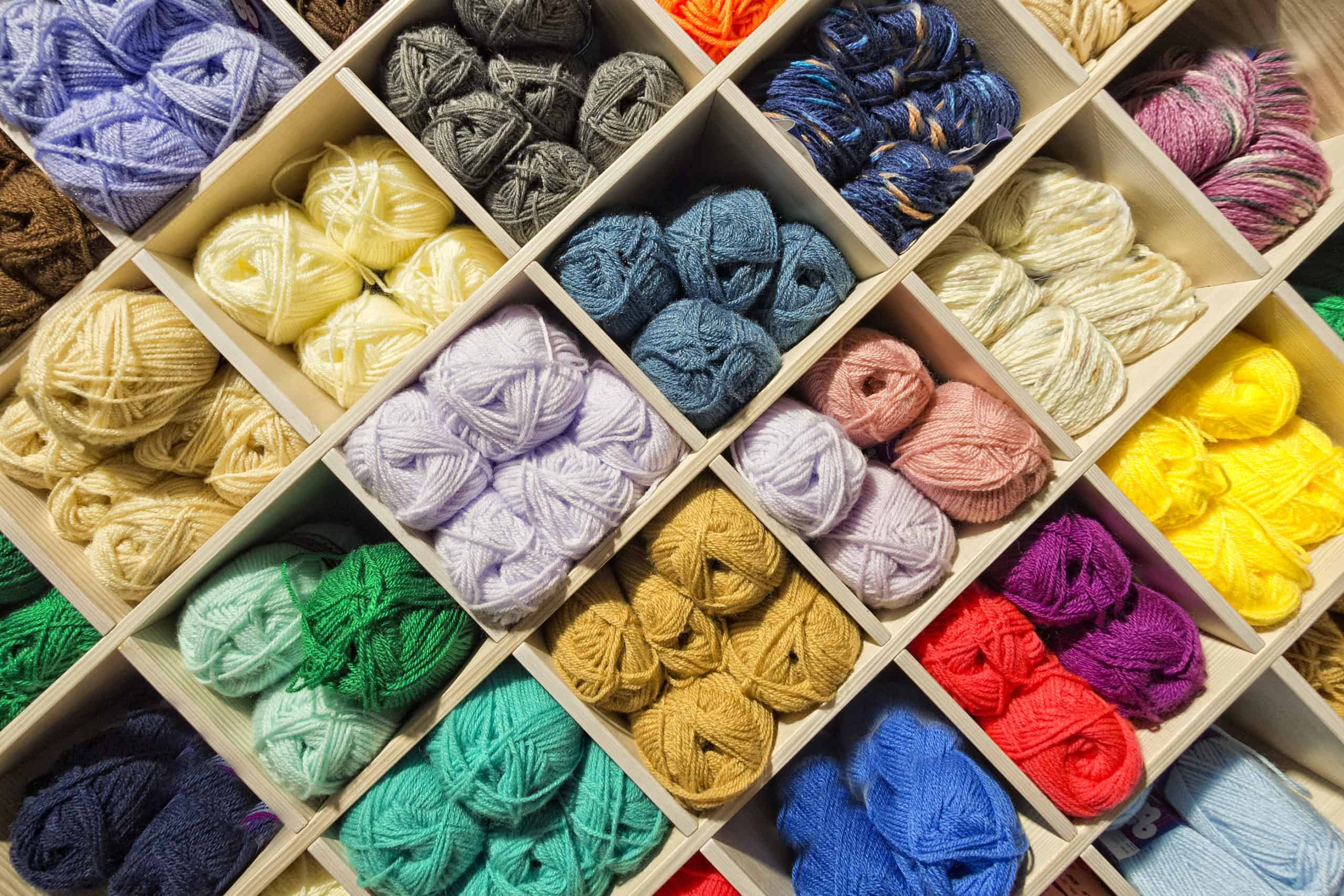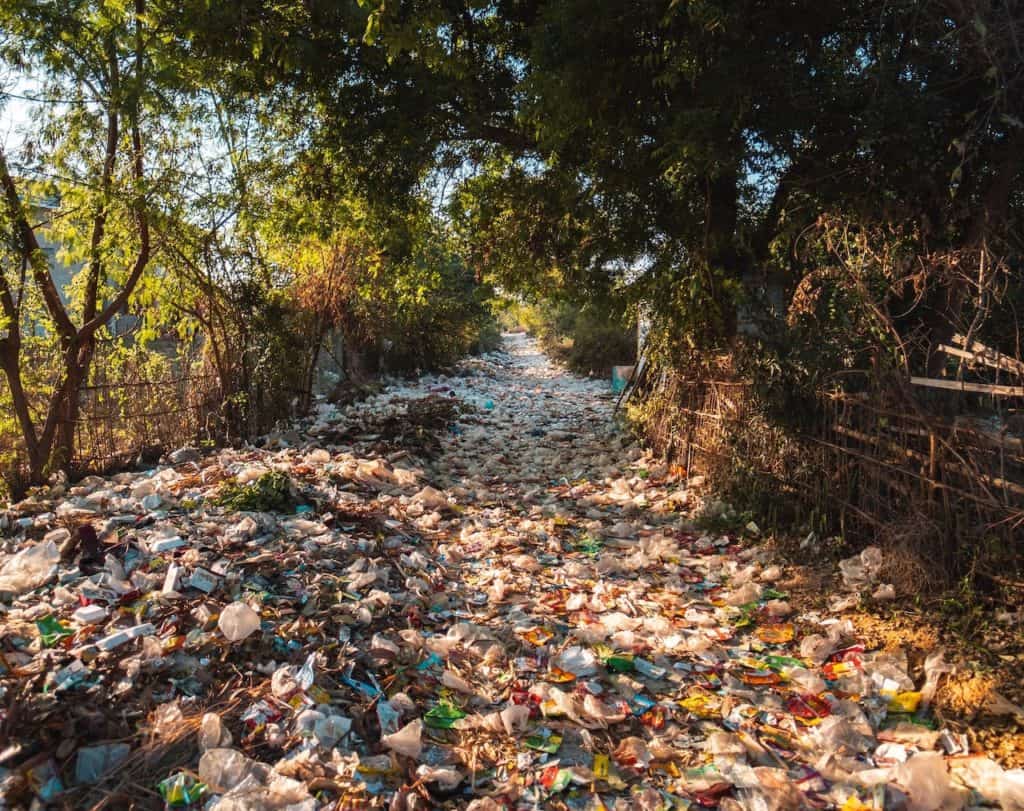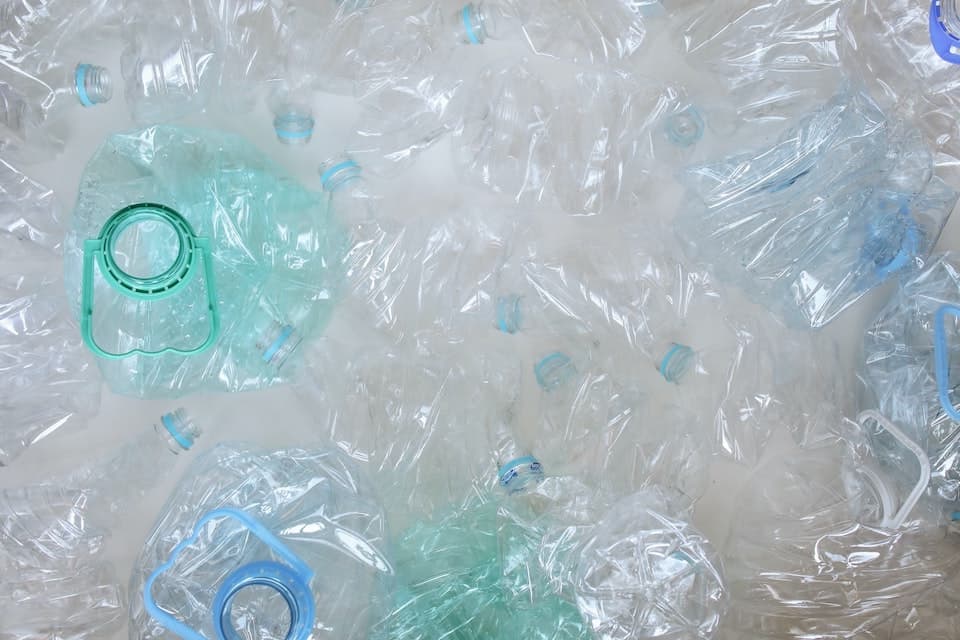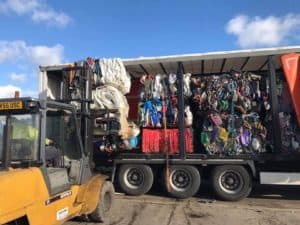Prato, a town in the northern part of Italy, has grown its fortune through transforming wool and knitwear scraps into new clothing.
Textile Industry
The textile industry is currently placed as the second most polluting industry globally. Due to our growing “throwaway culture,” more and more clothing is sent to landfill sites under a year after purchase. In landfill sites, textiles are often burned down to make space, this contributes drastically to air pollution, resulting in reduced air quality and damage to the ozone layer. With over £340 billion worth of textiles thrown away each year across the world, the negative environmental impact is catastrophic.
However it is not just the disposal of textiles that causes damage. Textile production creates huge environmental issues too, such as high emissions, excessive water use, and pollution.
Prato’s Wool Recycling Industry
Due to Prato’s history of high poverty levels, the population have been recycling clothing for the past hundred years. These skills have been mastered to produce the thriving industry Prato is today. They claim that 15% of the world’s clothing waste enters the city.
The Method
Prato’s recycling district is made up of hundreds of companies that specialise in specific stages of the recycling process, such as sorting, spinning, and designing.
The clothing arrives from global donation points. It is first sorted to determine if any clothing can be sold second hand. The unsellable clothing is sorted into large piles by colour and material. The materials then enter a carbonising machine, which eliminates impurities in the wool. Then, the material is shredded, washed, and dried. This creates fine and fluffy wool fibres. These fibres remain stored in the factory until fashion and textile brands purchase the wool to create new clothing.
The Impact
This clothing will have minimal environmental footprint, reducing pollution, as well as dramatically reducing water usage, which is particularly prevalent for wool textile production. This material can make new clothes with minimal waste.
Matteo Ward, leader of the Italian branch of Fashion Revolution, the global non-for-profit working to improve transparency in the fashion supply chain, celebrates Prato’s sustainable methods. He states that ‘we have an immediate impact on animal welfare because you reduce the stress that you have to put on the animals to get the wool.’ In addition, he explains that Prato’s recycling methods mean ‘almost complete elimination of dyes because the way the wool is recycled is an assortment by colour.’ Dyes are environmentally damaging due to their hazardous properties. As many fashion brands outsource their textile dying to developing countries with poor waste regulations, these dyes are even more likely to enter water streams and cause damage. These traditional methods of recycling clothing could be the crucial next step in transforming the currently damaging fashion industry.








